There are numerous species and subspecies of rat snake across the world. This article focuses on the North and Central American species in the Pantherophis genus. This group of snakes is very common and well known, and there are at least ten different known species.
Perhaps the most common is the eastern rat snake, which is widespread from New York to Florida. Read on to learn about the rat snake.
Description of the Rat Snake
The numerous rat snake species vary in color, but most are black, gray, or tan. Some species are also yellow, orange, reddish, cream, or any combination of the above. The various species also range from blotched and striped patterns to one solid color.
Many species of these snakes grow quite large, and the largest recorded specimens can exceed eight feet in length, though they are usually between three feet and five feet long.
Interesting Facts About the Rat Snake
There are quite a few different species of rat snakes, each with their own unique traits. Learn more about the different adaptations and behaviors of these creatures below.
- Venomous? Or Venom-less? – All species in this snake family are non-venomous and completely harmless to humans. In fact, because most of them eat rats and mice, they are actually incredibly beneficial to people. Rat snakes reduce the pest population, helping native wildlife to compete.
- “Rat”tle Snakes – Though they are not venomous, many species of them do their best to imitate venomous snakes. When cornered, these snakes will shake their tail rapidly to rattle nearby leaves and bushes. This makes them sound like a venomous rattlesnake, and deters predators long enough for them to escape.
- Climbing Creatures – Even though snakes have no legs, many species of rat snakes are surprisingly efficient climbers. They climb straight up the trunks of some trees using only the bark to help themselves up. Climbing trees gives them the ability to hunt for bird eggs and hatchlings.
- Pet Snakes – Some species of rat snakes make excellent pets. They are usually very calm and easy to handle. Depending on the species, they come in a variety of colors and patterns. Some common pet species of these snakes are black rat snakes, corn snakes, Texas rat snakes, and more.
Habitat of the Rat Snake
The various rat snake species live in a number of different habitats across North and Central America. Those in the eastern United States inhabit hardwood forests, mountainous regions, floodplains, wetlands, swamps, and more.
In the central United States, they live in many of the same habitats, but also inhabit grasslands, and the edges of semi-arid desert regions. Many species also live near human habitation, including urban parks, barns, farms, and more.
Distribution of the Rat Snake
The exact distribution of these snakes varies based upon the species at hand. As a whole, they live across most of the southeast United States, into much of the central and western United States, and south into Mexico and Central America.
Some species are more numerous and widespread than other species. For example, the eastern species lives across a huge expanse of the eastern United States, while the Slowinski’s corn snake spans a much smaller area.
Diet of the Rat Snake
Though there are specific exceptions based on species, most of these snakes have similar diets and feeding habits. They are generalists, and eat just about anything that is small enough to catch and does not pose serious risk of injury.
Given the name, you probably guessed that they eat rats, but they also eat mice, other small mammals, birds, bird eggs, frogs, lizards, and more. Some species or populations specialize in eating bird eggs, while others eat a wide variety of prey.
Rat Snake and Human Interaction
Human and rat snake interactions are something of a mixed bag. The snakes are harmless to humans, and beneficial because they eat pesky rats and mice. However, they also grow large enough to prey on young poultry and eggs, which often results in retaliation killing.
Overall, most rat snakes have healthy populations, but this depends on the species and region. For example, the IUCN lists the eastern rat snake as Least Concern, but has not evaluated a number of other species.
Domestication
Though many species are kept as pets, and humans selectively breed them in captivity, we have not domesticated any species of rat snake.
Does the Rat Snake Make a Good Pet
Yes, quite a few species of rat snakes make good pets. They are usually very mild-mannered snakes, especially when handled frequently and gently. However, you should do your research before purchasing any exotic pet.
Rat Snake Care
The exact requirements for each rat snake depend on the species and the individual. Some snakes are friendlier than others, while others are shyer, and you should only handle them infrequently to reduce stress. Larger species need larger enclosures, and before purchasing a young snake you should know about how large they are as adults.
Snakes need a heat source and a light source, which you should purchase at the recommendation of your veterinarian or breeder. Finally, most rat snakes fare well on a diet of rats, mice, and other small rodents.
Behavior of the Rat Snake
Rat snakes are hardy creatures, and forage for food in many different places. They climb trees, slip into barns, and cruise beneath rocks and logs in search of prey. Some species are nocturnal and most active at night, and other species are diurnal and most active during the day.
Additionally, some species change their behavior based on the season and temperature. Most of these snake species are solitary, but some species hibernate with other rat snakes and other snake species in the winter.
Reproduction of the Rat Snake
The breeding habits of these snakes vary based on the species. Often, the breeding season changes based on the region, temperature, or species of snake, or a combination of all three.
Many species, like the gray rat snake, easily lay 20 eggs or more per clutch. Hatching rates vary based on the species and the temperature. The newly hatched snakes are fully independent, and do not receive any maternal care.



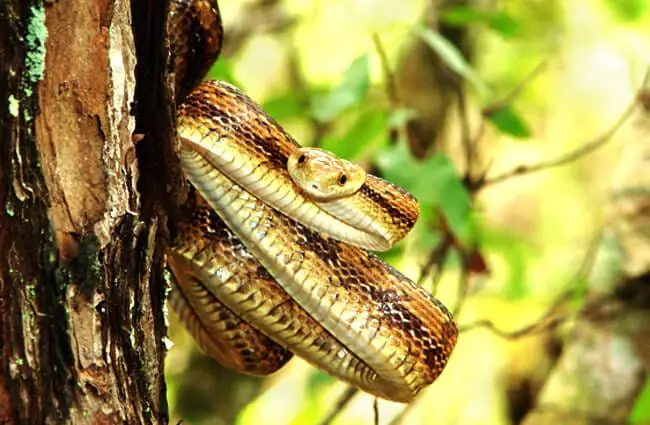
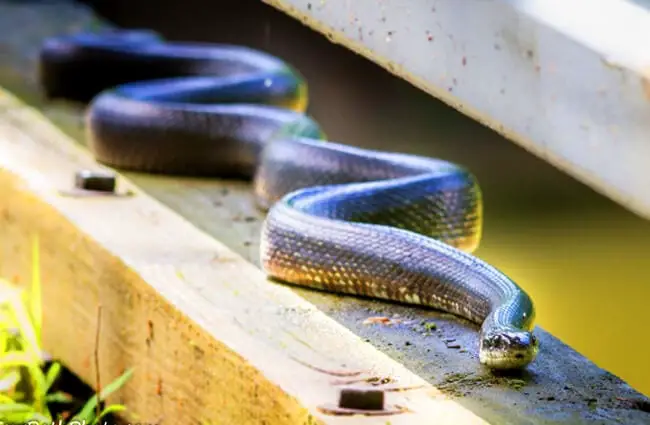
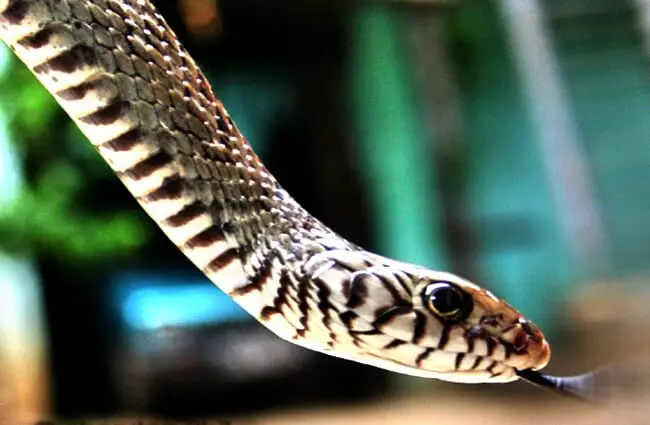
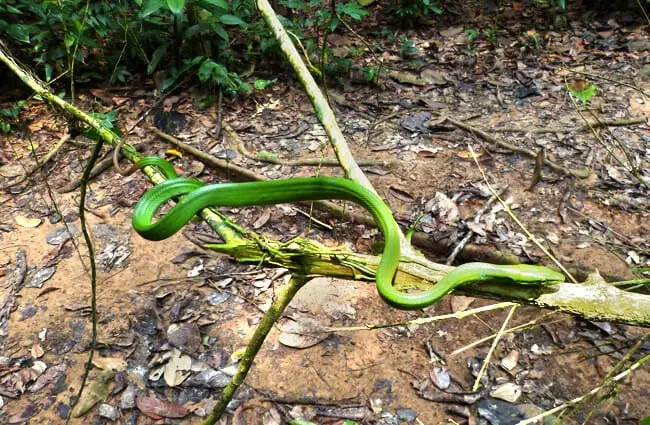
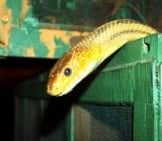
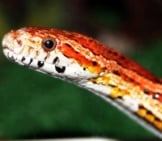




![Red Angus Closeup of a beautiful Red Angus cowPhoto by: U.S. Department of Agriculture [pubic domain]https://creativecommons.org/licenses/by/2.0/](https://animals.net/wp-content/uploads/2020/03/Red-Angus-4-238x178.jpg)












![Red Angus Closeup of a beautiful Red Angus cowPhoto by: U.S. Department of Agriculture [pubic domain]https://creativecommons.org/licenses/by/2.0/](https://animals.net/wp-content/uploads/2020/03/Red-Angus-4-100x75.jpg)

